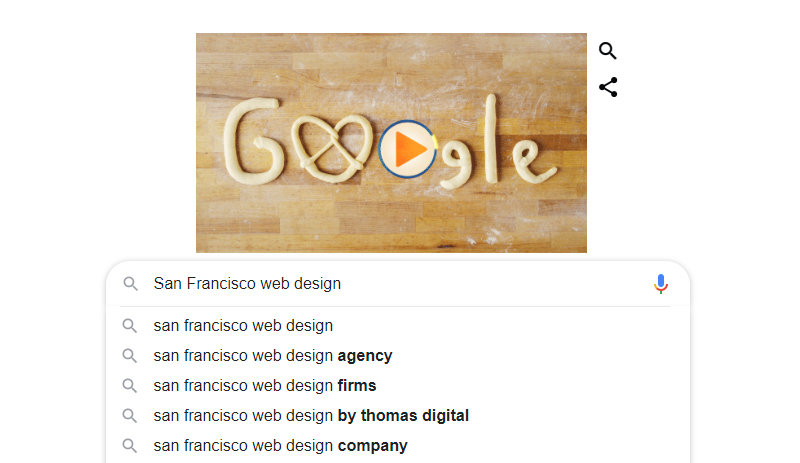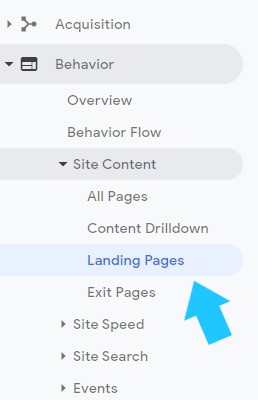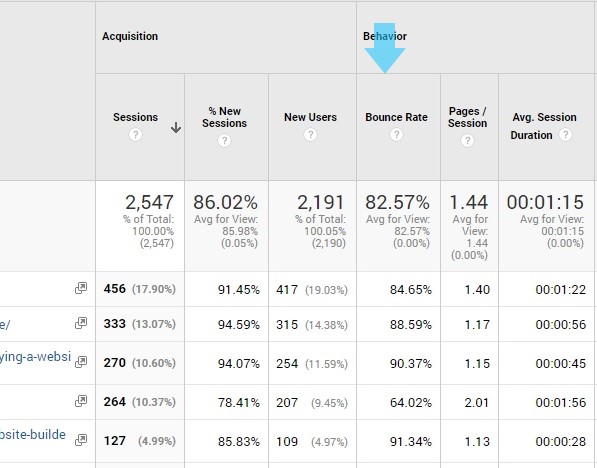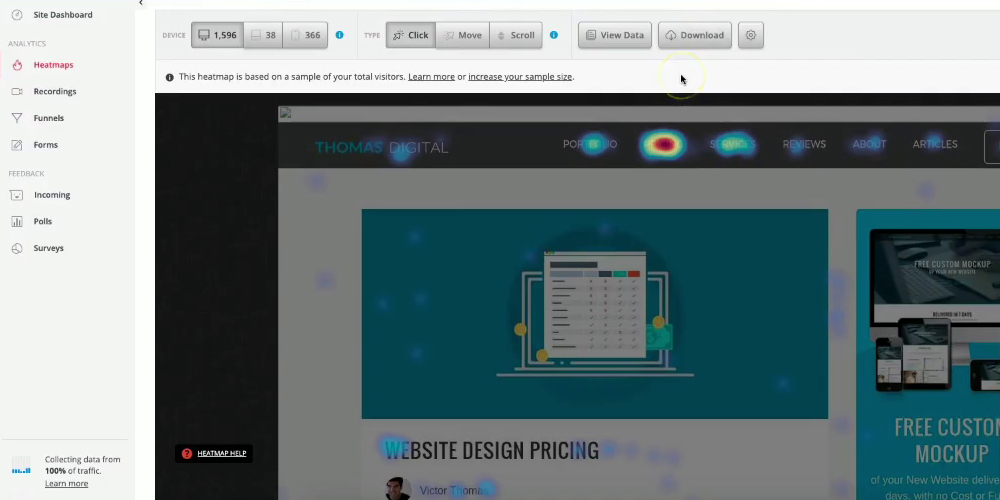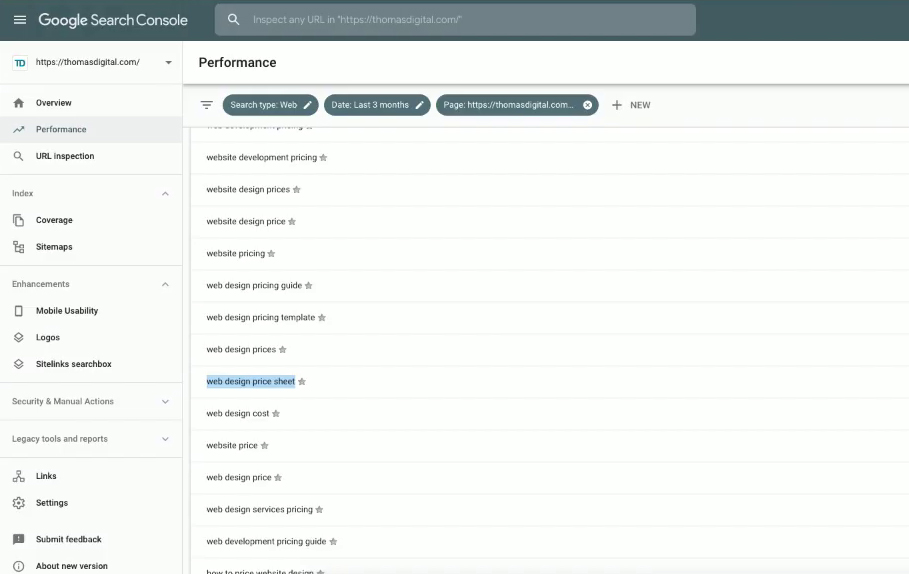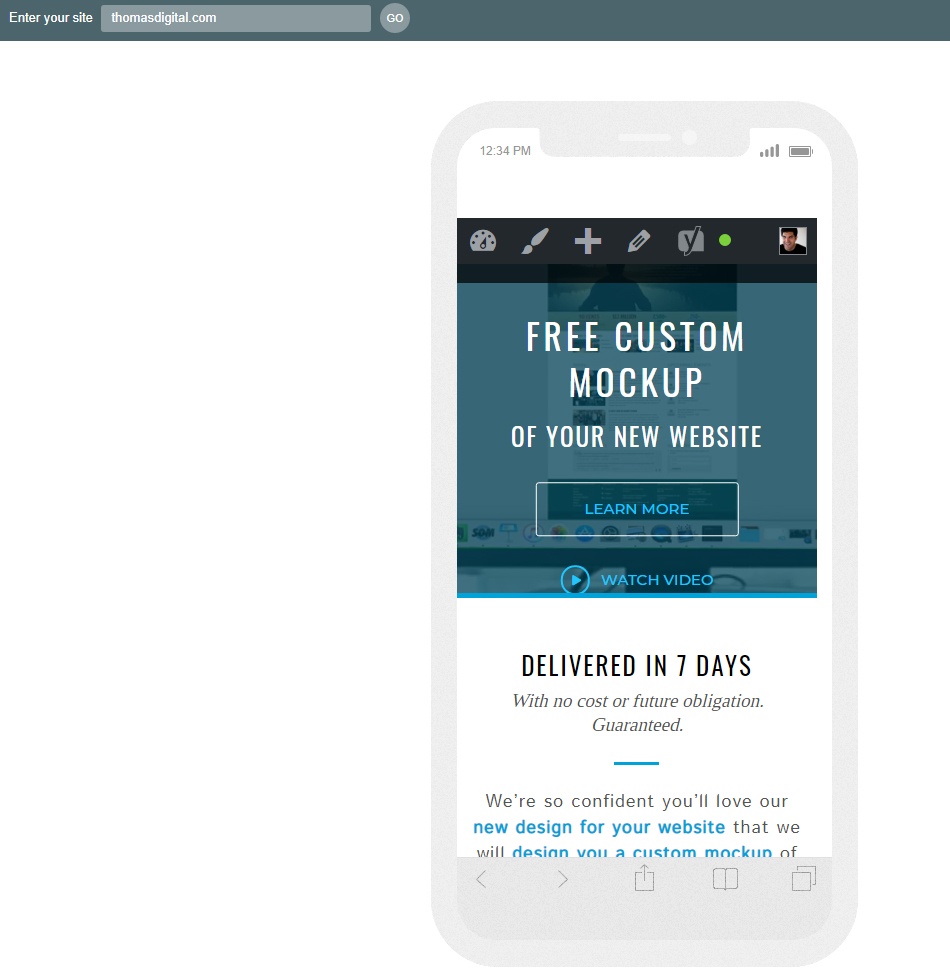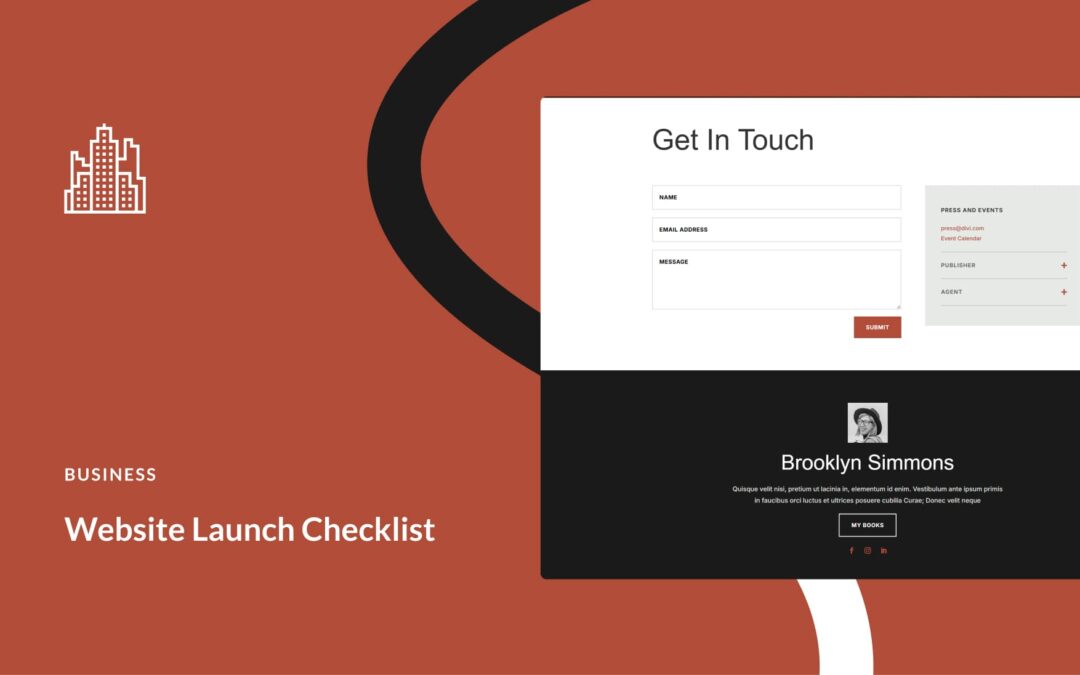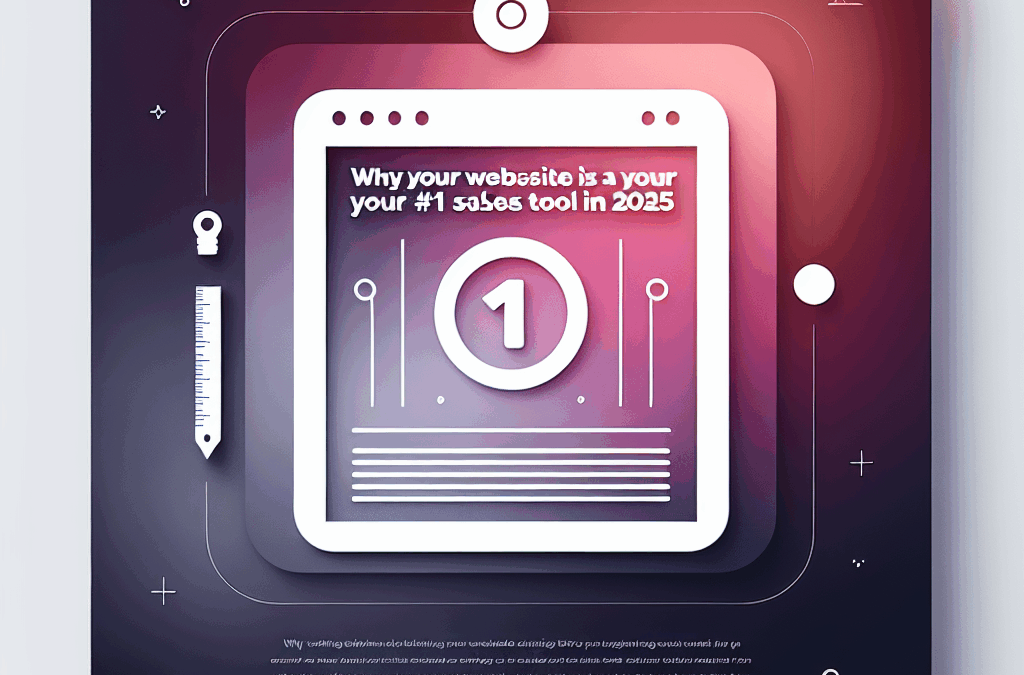What’s your website’s bounce rate? Is it too high? How do you reduce bounce rate?
If you can reduce your bounce rate, you can get more visitors coming to your site and make more money.
If your website is making money right now, this will help you make more money.
What is a bounce rate?
If I type into Google, for example, San Francisco web design, go to the website page and instead of clicking on any links or anything; I just hit the back button.
That’s what’s called bouncing. I have just bounced out of that site.
How to find your bounce rate in Google Analytics
If you want to find out what your bounce rate is, install Google Analytics on your site.
Hopefully, you have Google Analytics running. If you don’t, stop what you’re doing right now and put Google Analytics on your site because you should definitely be doing that.
Google Analytics is a free web analytics service that tracks and reports website traffic.
The first thing you really want to do is identify the bounce rate on a per landing page basis.
Sign in to Google Analytics.
Click Behavior and then select Site Content from the drop down menu.
Click Landing pages. This will give you a much more accurate view of your bounce rate on a per landing page.
Landing page is the page that visitors come to from their Google search. If you’re doing pay per click traffic, that’ll be your landing page too. But in any case, you want the number for that particular landing page.
So when you’re looking at the bounce rate, you want to look at it that way on a landing page basis.
You also want to look at it on mobile versus desktop. Your bounce rate is going to vary depending on your mobile traffic or desktop traffic as well as which landing page you’re going to.
Five tips that you can use right now to reduce your website’s bounce rate.
1. Improve the speed of your site.
If your site is running too slow, Google doesn’t like it and people don’t like it.
Literally, before your site fully loads, if it takes over three seconds, visitors will just hit that back button and go away.
So what I recommend doing is use Pingdom.
You can put your website in Pingdom and it will give you a list of all the things that you need to do to help speed up your site. And then just hand that over to a developer, get your site running faster. That will definitely help reduce bounce rate.
2. Split test your website
What does split testing mean and how do you do it? You may split test your website by going to Google Optimize. It’s amazing and it’s free. And really what you’re doing is you’re just showing two variations of a certain page of your site to a visitor. You have the control, which is just like the main page that people would regularly come to, and then you have the variation.
It could be a completely different page with a different design. You can use this to reduce bounce rate.
I recommend watching this tutorial to using Google Optimize.
3. Analyze your website using heatmaps
Anything that uses heat mapping to see how visitors interact with your website will help you quite a bit. This shows you where people move their mouse and how they are interacting with the page on the site, and you can see where they fall off, what they’re paying attention to or what they’re not paying attention to, and then you can update or change your content based off of that.
I use the tool Hotjar. It is great and it helps you improve the content of your site and therefore reduce your bounce rate.
4. Google Search Console
Google Search Console is fantastic. You might not know that your site or page ranks for keywords that you don’t even have on the page itself.
I’m guilty of this as much as anyone else.
As I was reviewing my website, I noticed I had the term web design price sheet for my website design pricing page.
But the word “sheet” does not exist.
So I should probably have a section on the page that relates to website design price sheet so that it’s more relevant to all the queries that people are searching for, and therefore people will be more engaged, like the content more and will reduce bounce rate accordingly.
5. Improve Mobile Design
Many people are coming to the site on mobile these days. Many of my clients get 50% and some as high as 80%.
You really want to see what the site looks like on mobile. You might be shocked that the site looks fine on desktop and all of a sudden the mobile looks terrible and that’s where a lot of your bounces are coming from.
I use the tool Responsinator. All you need to do is enter your site’s URL and click on the arrow button.
CONCLUSION
Lowering your website’s bounce rate is beneficial to building a loyal following and also for converting site visitors into potential customers. By using these great tools, you can do a lot to improve your site’s bounce rate.
Conversions

